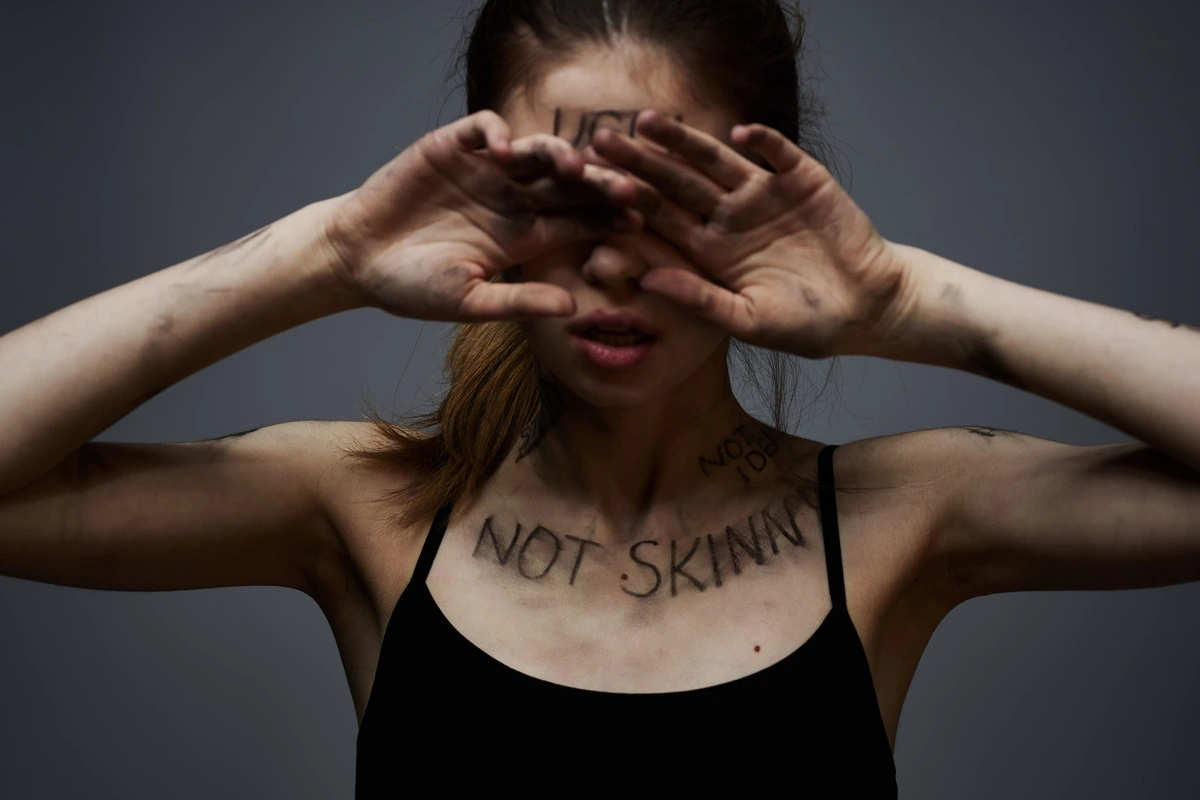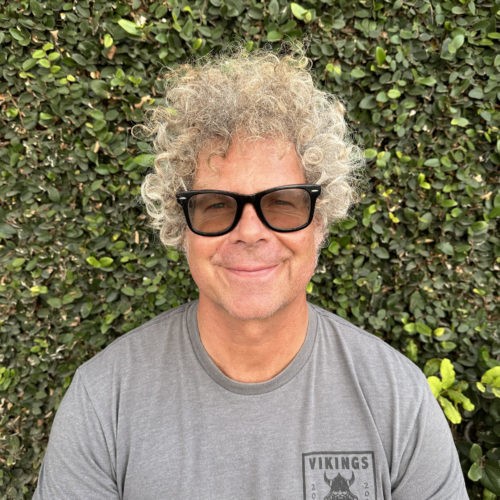Define Body Dysmorphia
Body dysmorphia, or body dysmorphic disorder (BDD), is a mental health condition where an individual is excessively concerned with perceived defects or flaws in their physical appearance, which are often minor or not observable to others. This preoccupation can lead to significant emotional distress and impair daily functioning, as individuals may engage in repetitive behaviors or mental acts to cope with their concerns about their appearance.1

Is Anorexia Body Dysmorphia?
Body dysmorphia plays a significant and often central role in anorexia nervosa. In the context of anorexia, body dysmorphia manifests through an intense preoccupation with body size, weight, and shape, leading to distorted body image and self-perception.
Here are key points highlighting the role of body dysmorphia in anorexia:
Distorted Body Image
Behavioral Consequences
Emotional and Psychological Impact
Perpetuation of Anorexia
Treatment Implications
often focus on cognitive-behavioral therapy (CBT) to challenge and change distorted beliefs about body image. Building a healthier and more realistic perception of the body is essential for recovery.
Overall, body dysmorphia significantly influences the development, maintenance, and treatment of anorexia nervosa, making it a critical component to address in therapeutic settings. Call Anchored Tides Recovery today! 866-329-6639
FAQ
Is Body Dysmorphia An Eating Disorder?
How Does Social Media Affect Body Dysmorphia?
Can Body Dysmorphia Have OCD Tendencies?
Individuals with BDD experience intense preoccupation with their appearance and engage in repetitive behaviors, such as mirror checking or seeking reassurance, to manage their distress, similar to the compulsions seen in OCD.
Comprehensive Services Offered by Anchored Tides Recovery
Anchored Tides Recovery offers a broad spectrum of services designed to meet the diverse needs of women at various stages of their recovery journey or with disorders. Our comprehensive care model includes Partial Hospitalization Programs (PHP), Intensive Outpatient Programs (IOP), and Outpatient Programs (OP), each tailored to provide the appropriate level of support and treatment. Here’s a closer look at these services and how they cater to the specific needs of our clients.

Partial Hospitalization Program (PHP)

Intensive Outpatient Program (IOP)





























